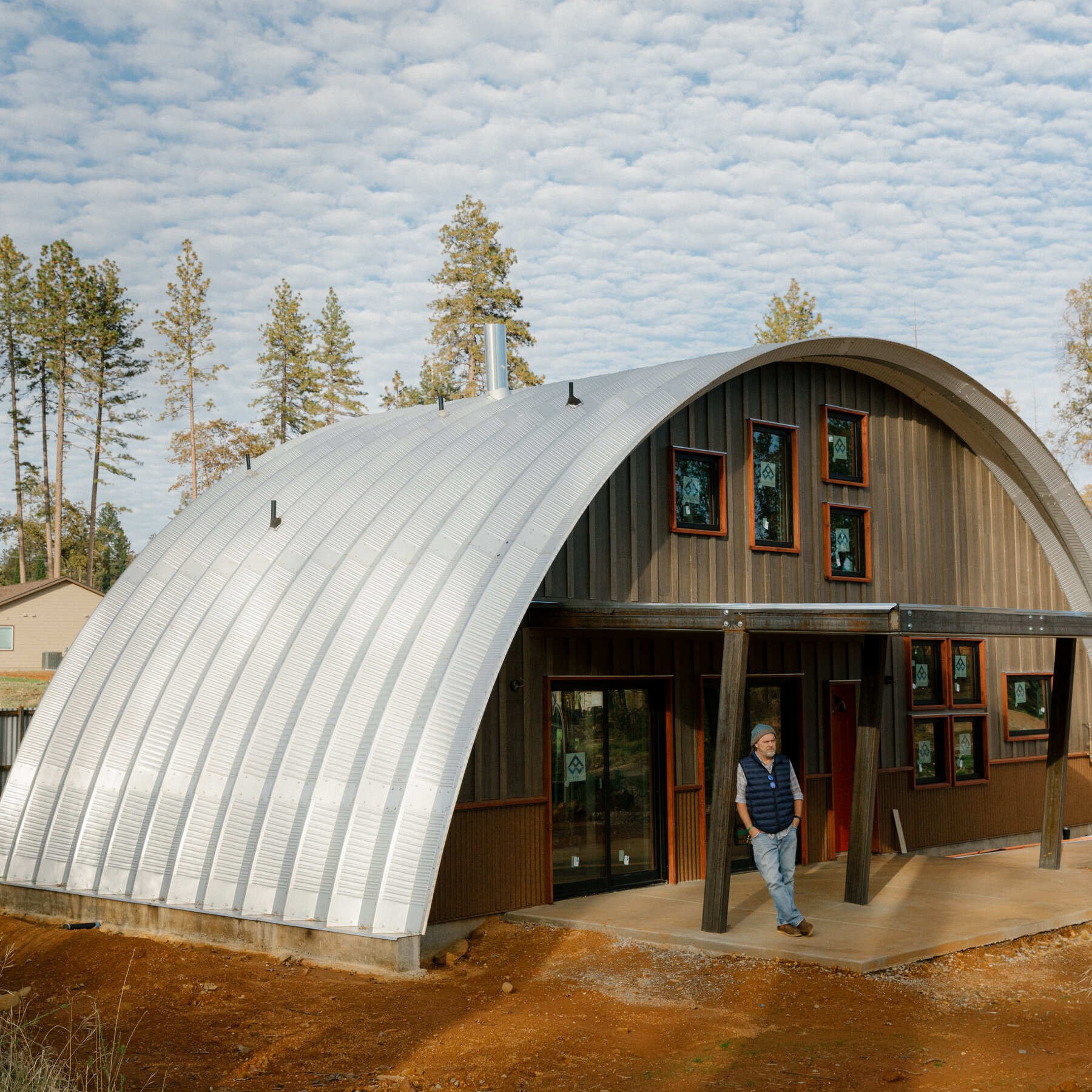
Buildings in areas prone to hurricanes are continually under the threat of damage or destruction. A hurricane or tropical storm can wreak havoc on a residence or commercial structure, costing the owners thousands or even millions of dollars in losses.
If you want to build or upgrade your commercial structure, here are a few design tips.
Roof Construction
The building’s roof is of primary consideration. Strong winds tend to lift a roof, which is why you often see buildings with roofs blown off after a major storm. The roof should be firmly attached to the structure. Nails are recommended in place of staples. In some areas, building codes forbid using stapled roofs.
Roof overhangs should be 20 inches or less for the same reason — winds tend to cause uplift on a roof.
A 30-degree roof slope performs well in tests, and a four-sloped hip roof is sturdier than gabled roofs with two slopes.
Doors and Windows
Wind resistant commercial doors are designed to withstand the high winds of tropical storms and hurricanes. They resist bowing and buckling and thereby protect the structure’s integrity.
Impact windows are designed to resist not only strong winds but debris that storms can throw against the glass. If the windows remain intact during a storm, it is less likely that heavy winds will enter the building, lifting the roof and damaging the structure.
Building Design
Consider a square, hexagonal or octagonal floor plan if you are building a structure. These designs have been shown to reduce wind loads. A circular shape can stop winds from building up pressure on any particular part of the building.
Insulated concrete blocks resist damage from flying debris and high winds, preserving their integrity. Elevating the building can prevent flooding and collapse from a storm surge.
There are many options for reinforcing an existing commercial structure or building a new one to resist storms. Check your local building codes for more information.




